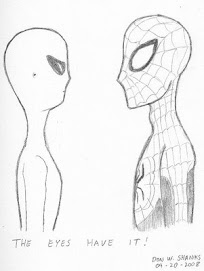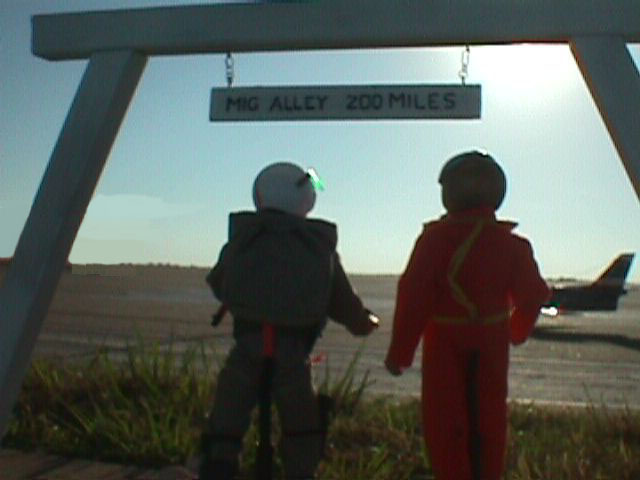From Science Daily(March 18, 2009). News released recently from the Indian Space Research Organization that they have discovered three new species of bacteria, not found on the surface of the Earth, which are highly resistant to ultra-violet radiation.
The experiment was conducted using a 26.7 million cubic feet balloon carrying a 459 kilogram scientific payload soaked in 38 kg of liquid neon, was flown from the National Balloon Facility in Hyderabad, operated by the Tata Institute of Fundamental Research (TIFR).
Throughout the balloon flight, the probes remained immersed in liquid Neon to create a cryopump effect. They collected air samples from different heights ranging from 20 to 41 kilometers in alititude. Then the samples were parachute down and safely retrieved. The samples were analysed by the Center for Cellular and Molecular Biology, Hyderbad, and the National Center for Cell Science (NCCS).
One of the new species was named after the distinguished astrophysicist Fred Hoyle (Janibacter hoylei). The other one was named (Bacillus isronensis) which recognising the contribution of ISRO in the balloon experiments which actually lead to the third species now known as (Bacillus aryabhata) which was named after the anicent astronomer Aryabhata and also the first satellite of the ISRO.
This was the second such balloon experiment flight conducted by the ISRO. The first flight was made in 2001.
___
Ref. Science Daily article (http://www.sciencedaily.com/releases/2009/03/090318094642.htm).








+033.jpg)
1 comment:
It is not suprising that microbes land on earth, and it wouldnt suprise me if those large disks that congrigated around the NASA STS-75 mission Tether were not just some form of simple lifeform, like a kind of space cow if you like for the want of another way to put it.
Post a Comment